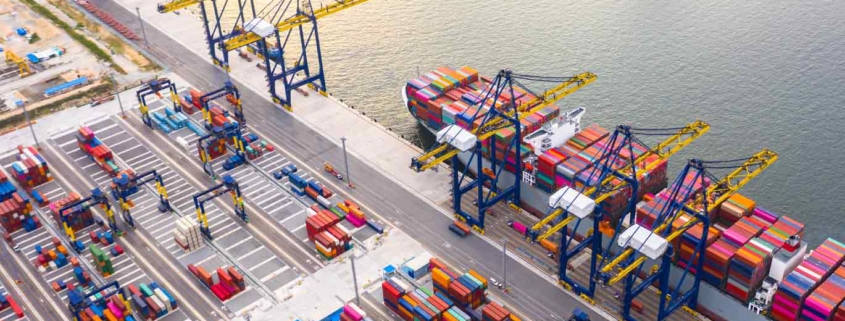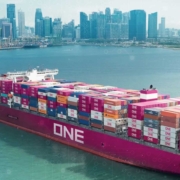Navigating the Challenges of Seaport Technology Adoption
The maritime industry is evolving rapidly, and seaports worldwide are increasingly leveraging technology to optimize their operations, improve efficiency, and enhance sustainability. However, the adoption of new technologies in seaports comes with its fair share of challenges. From cost considerations to interoperability issues, change management, and cybersecurity concerns, seaports face several hurdles when it comes to implementing technology solutions.
Let’s explore the best practices and lessons learned from successful seaports in navigating these challenges and achieving successful technology adoption in their daily operations.
Conducting Comprehensive Cost-Benefit Analysis
Cost is a significant consideration in seaport technology adoption. It is essential to conduct a thorough cost-benefit analysis before embarking on any technology adoption initiative. This includes evaluating the upfront costs of technology acquisition, installation, and integration, as well as ongoing operational costs, maintenance, and potential return on investment (ROI).
Ensuring Interoperability and Compatibility
Interoperability and compatibility among different technologies and systems are critical for successful technology adoption in seaports. Seaports rely on a wide range of technologies, such as terminal operating systems, cargo tracking systems, security solutions, and communication networks. Check out our Suite AIMS as an example of how you can integrate different systems with each other to operate in a more efficient way.
Managing Change and Stakeholder Engagement
Change management and stakeholder engagement are vital aspects of successful technology adoption in seaports. Technology adoption often involves changes in processes, workflows, and job roles, which can be difficult to assimilate for employees and stakeholders. It’s important to make sure that technology, more than a challenge, is a tool beneficial for everyone.
Prioritizing Cybersecurity
Technology is a wonderful tool, but the more we use it, the more vulnerable we are to cyber attacks. With increasing reliance on technology, seaports are also exposed to cybersecurity risks. Cyber threats can compromise critical systems and data, leading to operational disruptions and financial losses. Seaports, as any other place that works with technology, should prioritize cybersecurity in their technology adoption initiatives by implementing robust cybersecurity measures, such as firewalls, intrusion detection systems, encryption, and employee awareness training.
Singapore’s Maritime and Port Authority (MPA) started 2022 with a plan to establish a maritime cybersecurity roundtable to improve cybersecurity partnerships, access to digital maritime tools and skills, as well as boosting research and development of new maritime technologies. It also contemplated expanding the Sea Transport Industry Digital Plan to allow 3,000 small and medium-sized businesses to apply for co-funding assistance to receive support for adopting digital tools.
There’s plenty of seaports around the world that have implemented new technologies with success, and we can learn from their experiences to find new solutions and overcome challenges. Besides the ports mentioned above, we can also take as an example the Port of Barcelona in Spain, which successfully implemented a digital platform that provides real-time visibility and transparency in port operations, enabling better coordination and resource allocation. Recently, they have increased their computing capacity, faster processing speed, and enhanced security measures for delivering services via PORTIC, the Port of Barcelona’s Port Community System (PCS).
Embracing digital transformation and technology innovation will help you to stay competitive in the global shipping industry. Which of the challenges described above would you address first? Let us know in the comments below.









